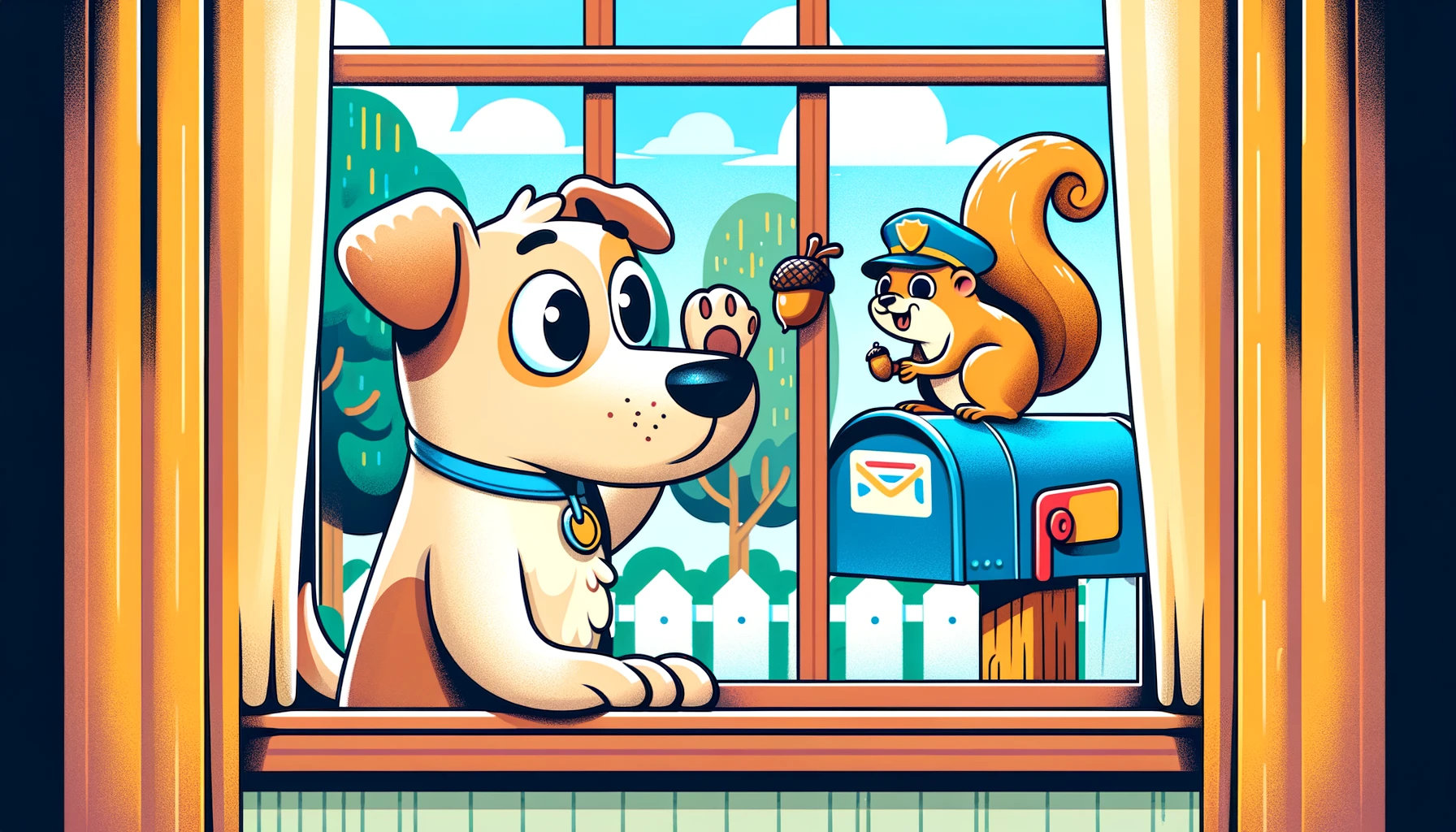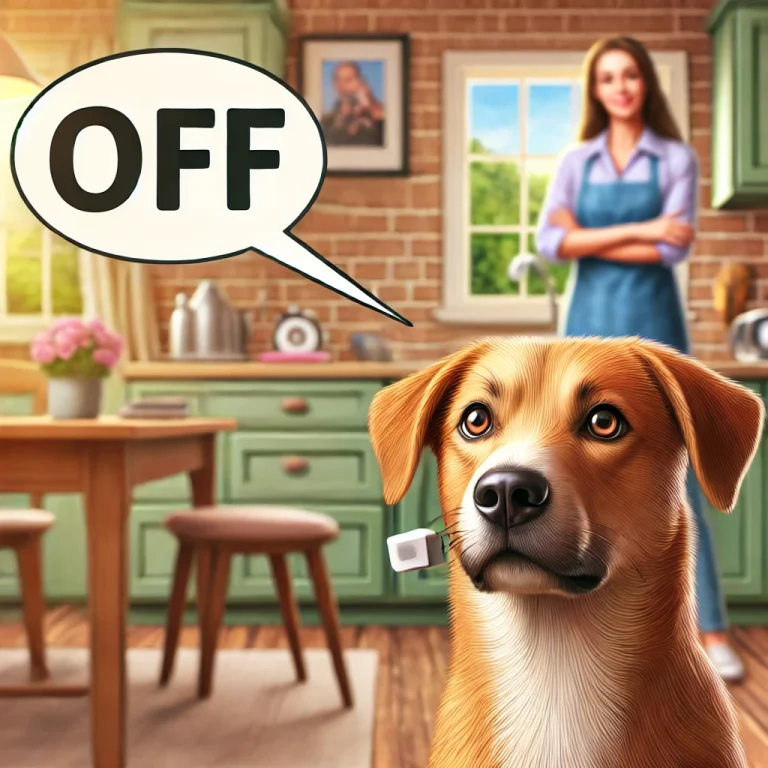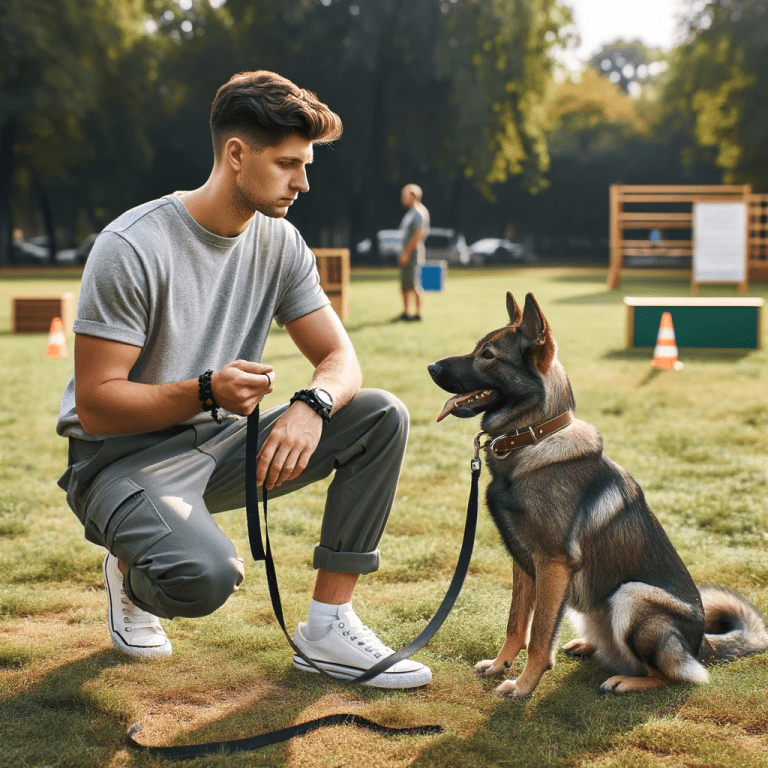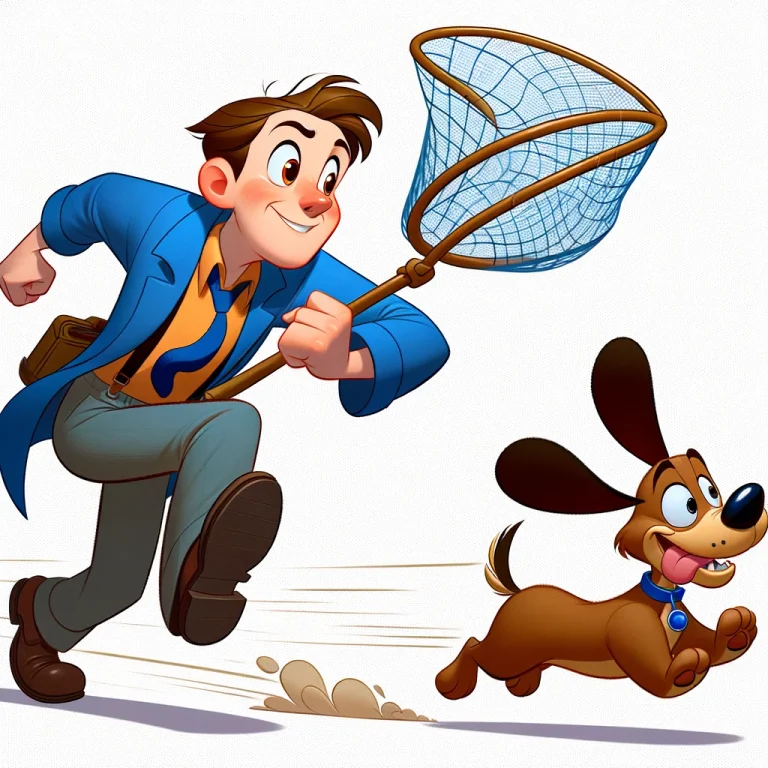Understanding Fido’s Foes: Why Dogs React to Mail Carriers and Squirrels
Dogs, known for their loyalty and protective instincts, often exhibit unique behaviors when encountering certain stimuli, such as mail carriers or squirrels. Understanding why dogs react strongly to these common figures can help pet owners manage their pets’ reactions better.
The Mailman: A Daily Intruder
1. Territorial Instincts: Dogs are naturally territorial animals. The daily arrival of the mail carrier, often at a similar time each day, can be perceived as a territorial intrusion. This consistent pattern reinforces the dog’s instinct to protect their home from what they perceive as a potential threat.
2. Lack of Socialization: If dogs are not properly socialized with a variety of people, including delivery personnel, they may become anxious or defensive around strangers. The mail carrier’s regular but brief presence doesn’t allow for a positive relationship or familiarity to develop.
3. The Uniform Factor: Dogs recognize and remember people primarily through their senses, like smell and sight. A uniformed individual, like a mail carrier, can become a specific trigger due to their distinct appearance and smell.
4. Reinforcement of Behavior: When the mail carrier comes and then leaves, the dog may believe its barking or aggressive behavior has successfully ‘driven’ the intruder away, reinforcing this behavior.
Squirrels: The Elusive Prey
1. Prey Drive: Many dog breeds have a high prey drive, an instinctual behavior inherited from their wolf ancestors. The quick, unpredictable movements of squirrels can trigger this instinct, prompting a chase.
2. Boredom and Entertainment: For some dogs, chasing squirrels can be a form of entertainment and a way to relieve boredom, especially if they spend a lot of time in a yard.
3. Frustration and Curiosity: Dogs are naturally curious animals. The inability to catch a squirrel, which often teases dogs from a safe distance, can lead to frustration and even more intense focus on these elusive creatures.
4. Territorial Behavior: Similar to their reaction to mail carriers, dogs may view squirrels as invaders in their territory, prompting a defensive reaction.
Managing Your Dog’s Reactions
1. Training and Socialization: Early and consistent training can help manage these behaviors. Introduce your dog to a variety of people and situations to reduce anxiety and aggression.
2. Obedience: Reward calm behavior and use obedience commands like ‘off’ when faced with these triggers. Dogs need to understand command before it can be effective.
3. Environmental Management: For example, creating a barrier between your dog and the front window can reduce barking at the mail carrier, while providing engaging toys can distract them from squirrels.
4. Exercise and Mental Stimulation: Adequate physical and mental exercise can reduce a dog’s need to express these behaviors excessively.
Understanding these behaviors is crucial for dog owners, especially for those involved in dog obedience training. By recognizing the root causes and employing effective training techniques, you can foster a more peaceful coexistence between your furry friend and the everyday characters in their world.






